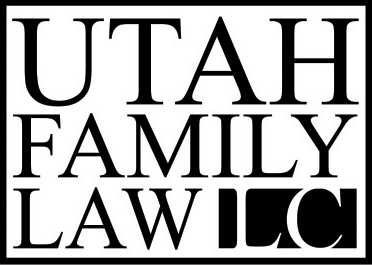What is shuttle mediation (and yes, you’ll want to know before you go to mediation)? Shuttle mediation is a process where a mediator moves back and forth between two parties in separate rooms (whether that room is a physical location or a virtual “room” in which the parties communicate directly with one another). Shuttle mediation is often touted as a solution for high-conflict divorces. This is true in some (some) cases, but even then, shuttle mediation is a flawed and inefficient method that wastes time, distorts communication, and ultimately hinders settlement efforts.
The lack of direct dialogue in shuttle mediation impedes the co-operative problem-solving that is the backbone of mediated settlements. This not only reduces the likelihood of a reaching a resolution but can also lead to more animosity when one party feels—or in fact is—misrepresented or misunderstood.
The inherent weakness of shuttle mediation lies in its susceptibility to the “telephone game” effect. As messages pass from one party—through the mediator—to the other party ambiguity inevitably creeps in, meaning is diluted, and opportunities for real-time clarification diminish. A spouse’s genuine attempt to convey flexibility on a custody arrangement might reach the other party stripped of its effective nuances and conciliatory tone, and important non-verbal cues that could foster understanding are completely lost in translation.
Instead of direct negotiation, every offer counteroffer, and explanation is filtered through a mediator who must relay information back and forth. The ping-pong style of shuttle mediation creates an artificial barrier to direct communication precisely when open dialogue is most needed and useful. This dramatically slows the process, turning what could be a few hours of productive discussion into a drawn-out process of waiting. What should be a straightforward conversation becomes a tedious exercise in patience, leading to frustration and, often, increased legal fees. Shuttle mediation is inherently and needlessly inefficient for most disputing parties.
Shuttle mediation reinforces the very dynamics that likely contributed to the dispute – poor communication and an unwillingness to engage in direct, honest dialogue. Rather than helping parties confront and resolve disputes frankly and openly , shuttle mediation enables continued avoidance and mistrust.
Real breakthroughs often come from spontaneous moments of shared understanding that simply cannot occur when parties are physically and temporally separated.
Direct, concurrent mediation, whether in-person or via video conference is a plainly superior approach for the majority of disputing parties. When parties engage simultaneously, they can observe each other’s genuine reactions, address misunderstandings immediately, and (perhaps most importantly) build momentum and progress toward resolution. The energy in the room – even a virtual one – can shift as parties witness firsthand each other’s willingness to compromise. That energy can be immediately and mutually detected, then immediately and mutually directed toward resolving disputes productively.
And don’t forget that may lazy and/or unscrupulous mediators exploit shuttle mediation. Shuttle mediation allows the mediator to control the flow of information between the parties. Some mediators will deliberately misrepresent a party’s offer or counteroffer to manipulate one or both parties into reaching an agreement based on false pretenses. Because shuttle mediation usually takes at least twice as long as mediation would take had the parties met and negotiated with each other in real time, many mediators take advantage of that element to charge the parties more for the mediator’s services.
Proponents of shuttle mediation might argue that it provides emotional safety. This is certainly true in cases of severe emotional and/or physical abuse of one or both parties to the dispute but keeping the average husband and wife or mother and father separated in mediation is just plain overkill. Any benefits of keeping the parties apart is outweighed by its costs to the process. In normal situations (as is the case with most divorce cases), a skilled mediator can maintain control and safety in a joint session while facilitating the authentic dialogue necessary for meaningful conflict resolution. Besides, if worse comes to worst, the mediation can go from face-to-face to shuttle mediation, if doing so is truly necessary.
Shuttle mediation may seem like a necessary evil in high-conflict cases, but in most situations, it only exacerbates the difficulties. Real progress happens when parties communicate openly, not when messages are filtered through an intermediary.
Engage in shuttle mediation if you must, but don’t adopt it as your standard operating procedure. Meeting face-to-face, around the same physical or virtual table, is presumptively the better choice. In this format, all parties—along with their attorneys, if they are represented by attorneys—can engage in real-time discussions, ensuring transparency and accuracy in negotiations. Direct communication allows for clearer, more expeditious communication, resulting in faster more effective problem-solving, and a more satisfactory final agreement.
Utah Family Law, LC | divorceutah.com | 801-466-9277
